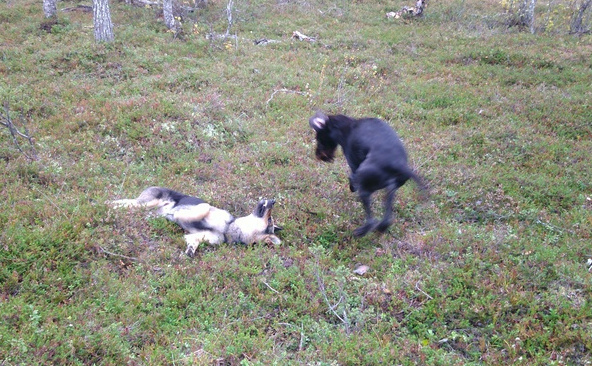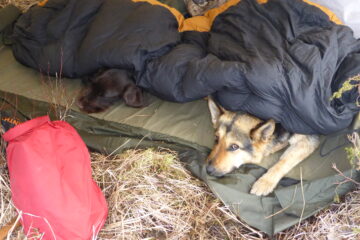In this post I come to another key principal of dog education: You learn from the dog.
This post is still one of the more general introduction posts. It covers a lot of elements which will be explained deeper in further posts.
Often people have a predefined imagination on how things should work or go. Especially with dog education the thinking that there is a way you learn to be successful is very common. But dogs are complex animals and of course every dog is different.
Understanding your dog
Before you have expectations towards your dog you should start understanding and reading your dog:
- Try to understand in which mood your dog is before you do any interaction.
- Start reading the face and other gestures of your dog.
- Look how your dog reacts to what you are doing, even if you are not interacting with him.
- Try to understand how your actions change the behavior or mood of your dog, already small movements can have a big impact.
- Learn what your dog likes or does not like, for example touches, noises, voice, movement.
- Observe what your dog is doing by himself and how he interacts with things.
- Learn to understand the senses of a dog, how good can he see, hear and smell.
- Understand what connections the dog is making with what he senses and what happens (hint: false connections).
- And especially: watch how dogs interact between each other.

Single signs can mean a lot of different things connected with other signs. For example if a dog lies the ears down it does not mean one specific thing. It can be something positive, something neutral or something negative, it depends on what other signs the dog shows. You need to learn to read your dog as a hole and not try to think that the connections are simple. A waving tail has dozens of meanings depending on other signs. You need to learn that intuitively.
It is also important to note that the behavior of your dog can change drastically if he knows, that you watch him. It is good to watch him from the side and continue what your are doing so you do not influence the dog. Most dogs sense very well when they are observed.

Talking dogs
Dogs communicate a lot with the owner if they see, that the owner understands them. Of course if they do not get the desired reaction from the owner they will be less communicative over time. Getting stressed when the dog tries to communicate is very bad. Dogs can feel your mood very well.
Barking is just one small part of their communication. But when they do it can have dozens of meanings. It is good not to just ignore it, but reveal the reason for it. That can be difficult as you do not have the same senses then your dog. Besides that they have a lot of other ways of communicating, for example how they look (to you), moving body parts, directions of walking, showing the side etc. For a good relation it is necessary to learn what your dog tells you. Especially when you have a hunting dog communication by movement can be very intense. For example if you have a pointer who should freeze it helps a lot when you also freeze. You can even bark or howl together with your dog. With some dogs that strengthens the relation a lot.
The dog is not understanding your spoken language. But he also learns a huge amount from your behavior. If you behave understandable for him he will focus, listen and concentrate on you much better. If you continuously do things he can’t understand he will start ignoring you more. Adapting the behavior of your dog can help.
I will cover this more in the next post about dog language which will be more concrete.


